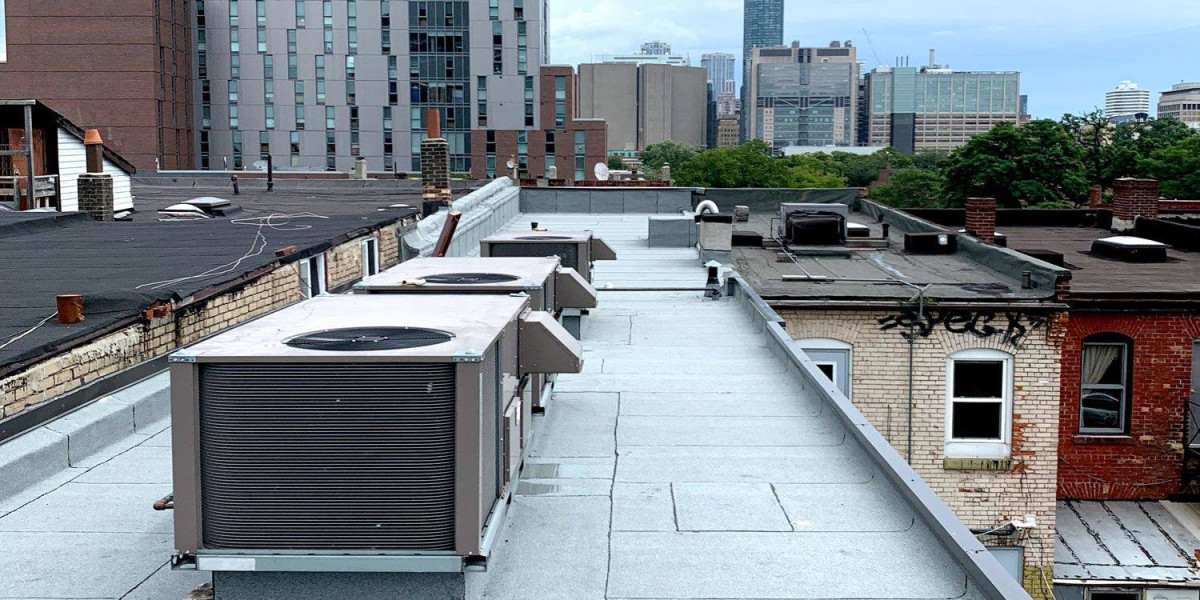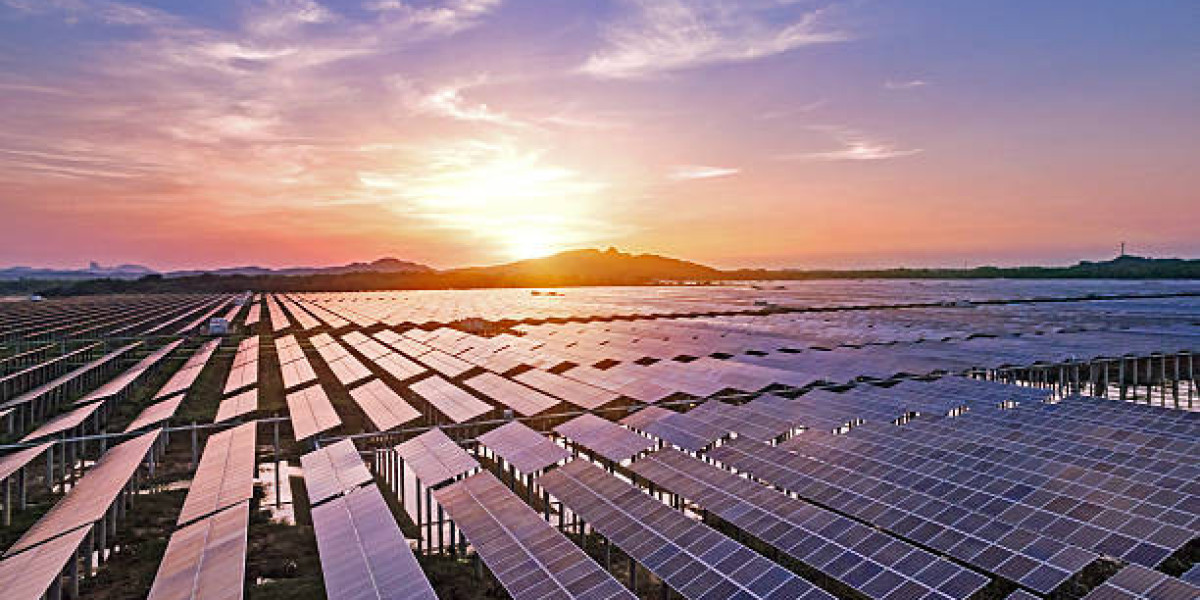Have you ever wondered how flat roofing insulation affects your property? Like perhaps whether it affects your home’s energy consumption levels? In essence, the kind of insulation you choose will determine how much you spend on energy bills.
However, the kind of insulation to use in a flat roof system is determined by an area’s specific building regulations and the immediate environment. This is why you should understand everything that goes into selecting the right insulation before undertaking any flat roof project. With that said, consider the following pointers:
What’s flat roofing insulation?
As you may know, authorities classify all roofs with pitches below 10° as flat roofs. In most cases, these types of roof don’t feature lofts, meaning that their insulation will be different from those in standard pitched roofs. Even so, that shouldn’t worry you because all kinds of insulation work do the same thing, helping to regulate the amount of heat entering and escaping your property. Since each kind of flat roof has its unique approach to insulation, check out how the two common types of flat roofs differ from one another:
Warm deck insulation (warm roof): Rather than getting placed in-between the decking and ceiling, this kind of insulation is installed above the roof deck. The procedure starts by laying a 100mm rigid board insulation atop the waterproof membrane. Once the insulation layer is in place, an asphalt layer is laid out on top. A warm roof insulation system is arguably the best way to insulate a flat roof considering that you won’t have to deal with any condensation problems.
Cold roof insulation (cold roof): This insulation is installed between the steel joists underneath the roofing. If anything, this is the most commonly used type of insulation. When laying the insulation material, it’s paramount to leave a 50-60mm gap between the insulation and the roofing material. It’s normal for roofers in Toronto to first take down the ceiling before installing cold roof insulation. In addition to having a cumbersome installation process, another disadvantage of this kind of insulation is that it can result in reduced ventilation, which ultimately causes condensation and moisture build-up. Read more- https://coverallroofing.ca/flat-roofing-toronto/flat-roofing-insulation-in-toronto-essential-things-to-know/



